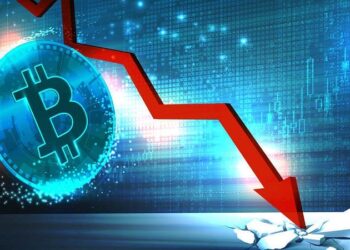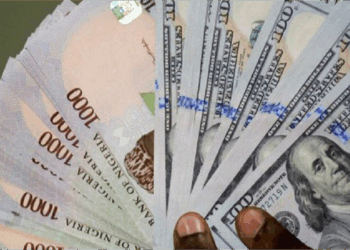Inflation has continued to bite hard across Africa, remaining one of the toughest economic pressures weighing on households, governments, and businesses in 2025.
Persistent currency depreciation, rising food prices, higher import costs, and global supply disruptions have kept inflation elevated across the continent.
The latest figures for September and October 2025 show that several African nations are still dealing with double- and in some cases triple-digit inflation, straining household finances and complicating policy responses for governments and central banks.
Sudan maintained its position at the top of the list with the highest inflation rate in Africa, while Nigeria also remained among the top six, despite easing inflation in October.
Top 10 African countries with the highest inflation rates – October 2025
- Sept 2025: 18.02%
Nigeria recorded one of its sharpest monthly declines in two years, with inflation easing to 16.05% in October from 18.02% in September. The drop is partly due to seasonal harvests, improved FX liquidity, stabilizing food supply chains, and ongoing monetary tightening by the Central Bank of Nigeria.
However, inflation remains elevated and continues to weigh heavily on essential goods—from transport to food staples and housing. In early 2025, inflation averaged above 24%, driven by the removal of fuel subsidies, FX volatility, and rising logistics costs. While October offers signs of improvement, price levels remain well above comfort levels and vulnerable to currency and fuel price swings.
























